How much fabric do you need for curtains?
Here's how to measure fabric for your curtains.
Installing your own custom made curtains will give you the flexibility to choose the exact result and achieve the ambience you desire for every room in your home. Plus, it's one of the easiest ways to give any room a fresh look and feel!
Adding sheer curtains provides privacy during the daytime and gives a sense of softness to your bedrooms and living areas. Sheer curtains add elegance and soft touches to rooms where you might use roller blinds at night time.
If you are looking for options to block out the cold of winter, then blackout curtains or thick fabrics are suitable. Blackout curtains are also ideal for shift workers or anyone needing to rest in darkness during daylight hours.
Want to give your home grace with the right set of curtains? iSeekBlinds have a range of curtain fabrics and custom-made curtains you can hang with a perfect fit.
You can either source your own fabric and sew your own curtain, or better still, order your custom-made curtains from us and install them yourself — it all depends on your DIY confidence!
Once you've selected the fabric for the curtains, you're ready to measure your window space. Using these measurements, you will calculate the final curtain size.
How to measure if you're making your own curtains.
Whether you are installing sheer curtains, blackout curtains or thick curtains to darken a room, you can take the measurements yourself to ensure that you get the result you desire.
Grab a tape measure to get started! The steps below can guide you, or you can watch our How to Measure videos on our website here, or on our YouTube channel for specific instructions on our Australian-made, custom curtains.
Step 1: Measure the finished curtain width
If you're sewing your own curtains, the width of the curtains will be determined by:
- Window size
- The mounting position of the curtain tracks
- Desired fullness of the curtains
- Where the curtains will open
- The final width of the curtains will usually be the length of the curtain tracks or rod.
Step 2: Decide on curtain fullness and style
Generally speaking, fuller curtains will be more luxurious and suit most living areas. For kids' bedrooms, you might use a less full curtain.
If sewing yourself, it's better to get more fabric than you think you'll need than to end up with inadequate curtains, so err on the side of generosity if you are unsure. For a fuller curtain, the fabric width you'll need is 2.5 times the finished curtain width. For a less full curtain, it's 1.5 times the finished curtain width.
An S-fold curtain style is the most common style for both sheer and blackout curtains and the one that we make here at iSeekBlinds.
Step 3: Decide where the curtains open
For narrower windows, a single panel of fabric will cover the window. Broader windows may benefit from curtains with multiple panels. Panels allow the curtains to open for access to the window.
Curtains don't have to open at the centre of the window. An asymmetric split may suit the window better.
Make sure that you include the split position in your curtain measurements when you place an order.
Step 4: Decide your curtain drop effect
When sewing your own curtains, the total curtain fabric length depends on whether you intend to hem the curtain, how large the hem will be, and the drop effect.
The curtain drop effect describes how the curtain interacts surface below, usually the floor or window sill. There are three common drop styles:
- Hover is where the curtain hovers just above the surface below. This style is ideal for kitchens and other high-traffic utility areas.
TIP: For hover-style curtains, measure down to the floor. - Just touching curtains brush against the floor or surface. This style is modern, elegant and tasteful.
TIP: For curtains that barely touch, measure approximately 10mm more than the floor length. - 'Breaking' gently is a luxurious drop style where curtains have more length, adding a sense of grandeur. This style suits a master bedroom or formal living room.
TIP: For curtains that break gently onto the floor, measure 30-50mm extra in addition to the drop to the floor.
Step 5: Measure curtain height
When measuring the curtain height, you must include the distance to the top of the curtain track. Measure from the top of the curtain track or rail to the place where the curtains will finish.
When measuring curtains for a new or renovated home, ensure the floor coverings are in place before measuring the curtain drop.
For curtains that hang within the window frame, allow about 10mm for the finished length above the windowsill. Remember to allow enough fabric length to hem the curtains if that is the final look you want.
Curtains that hang below the window but don't reach the floor will generally fall about 100mm below the base of the window.
TIP: Mounting the curtain track above the window space creates a sense of height and adds an expansive feel to any room.
Step 6: Allow for pattern repetition
When hanging adjacent curtain panels — for broad windows in particular — you'll want any pattern on the fabric to align between each fabric section.
To ensure alignment of the pattern in each curtain, you will need to know the pattern height. If you are buying the fabric online, the pattern height should be in the fabric product information.
Ensure that the total height of the curtain fabric is a multiple of the pattern height. To do this, round up your curtain height measurement to a multiple of the pattern height.
You won't need this step if you are mounting curtains with a plain fabric.
What next?
If you’re in need of some inspiration, visit our gallery or Instagram page for ideas and real-life photos from our customers. Once you’ve decided which product you prefer, make use of our free fabric samples. They will allow you to see and feel the fabrics before selecting the one you like best.
So, if you've got a home that could benefit from a refresh, let us help you! The DIY process is easy to follow, and it will make a world of difference to your home, we promise.
Need some help? You can either Contact our customer service team or book in a free design consultation with me.
Thanks for reading!
Cheers,
Mike Gubby.

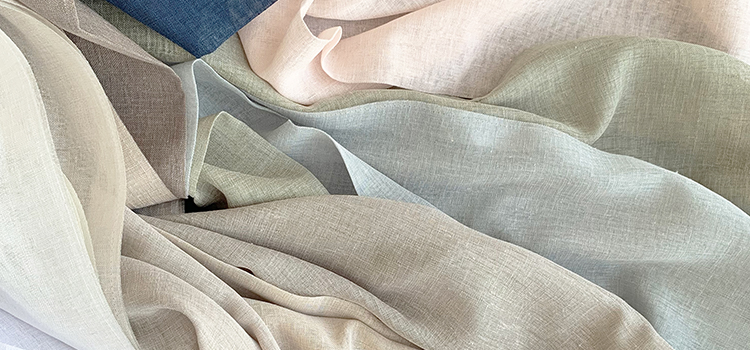
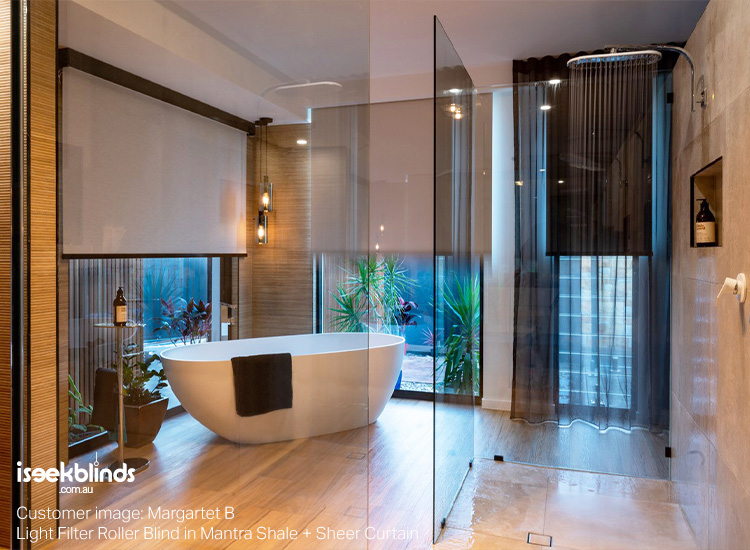
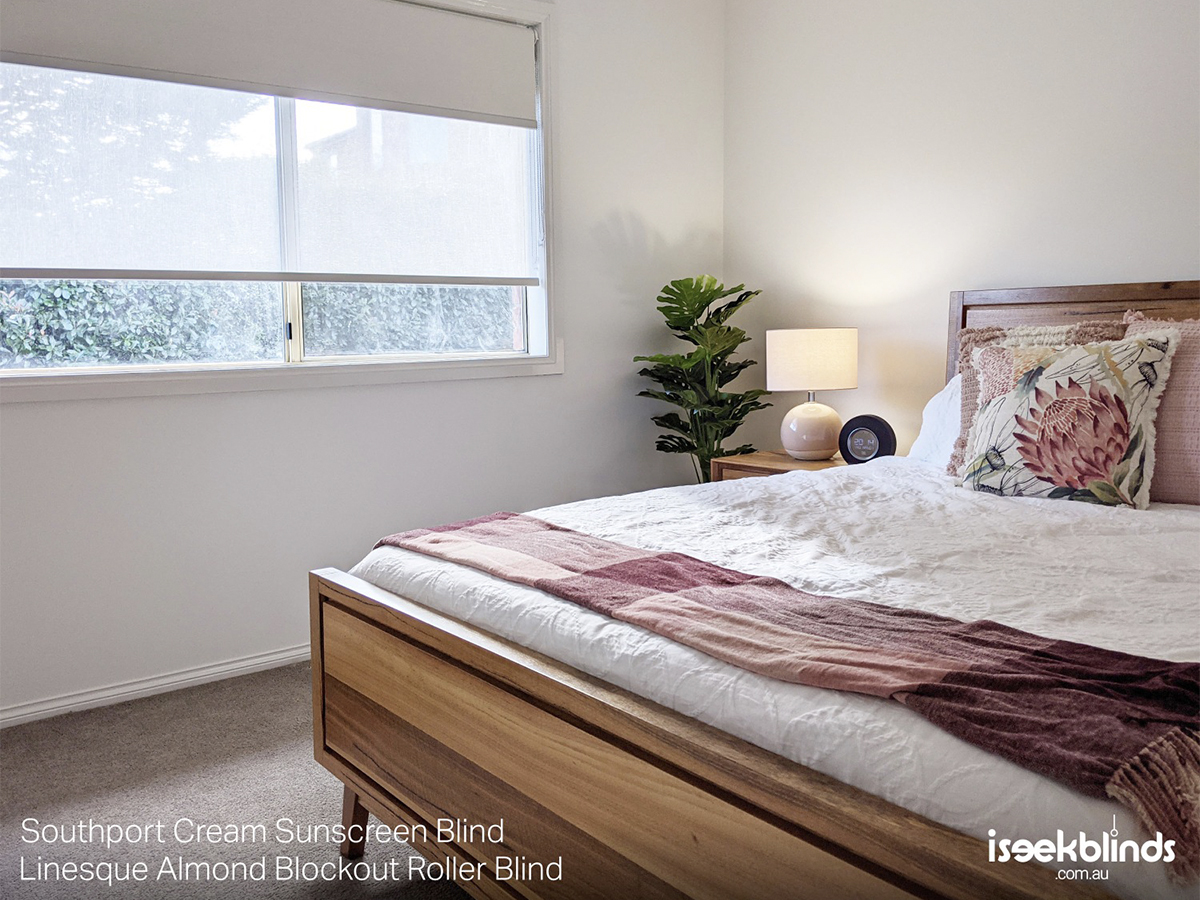
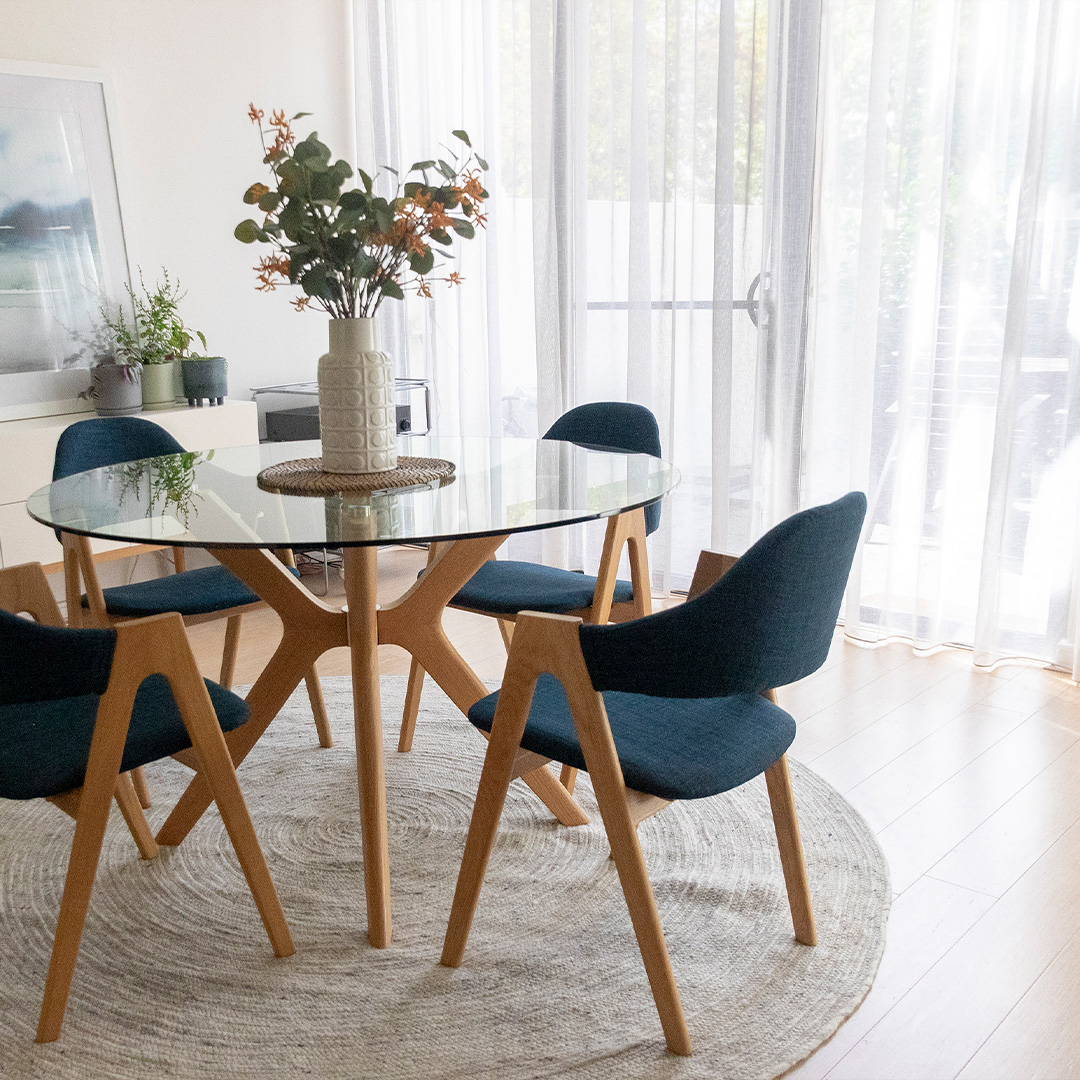
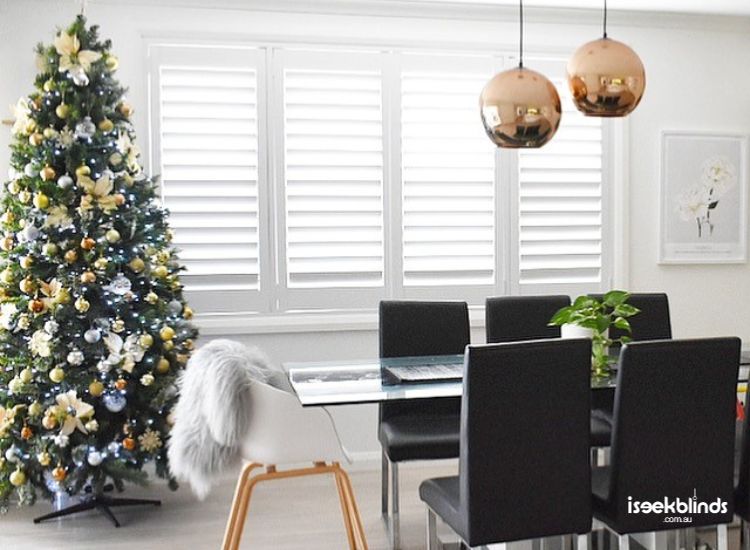
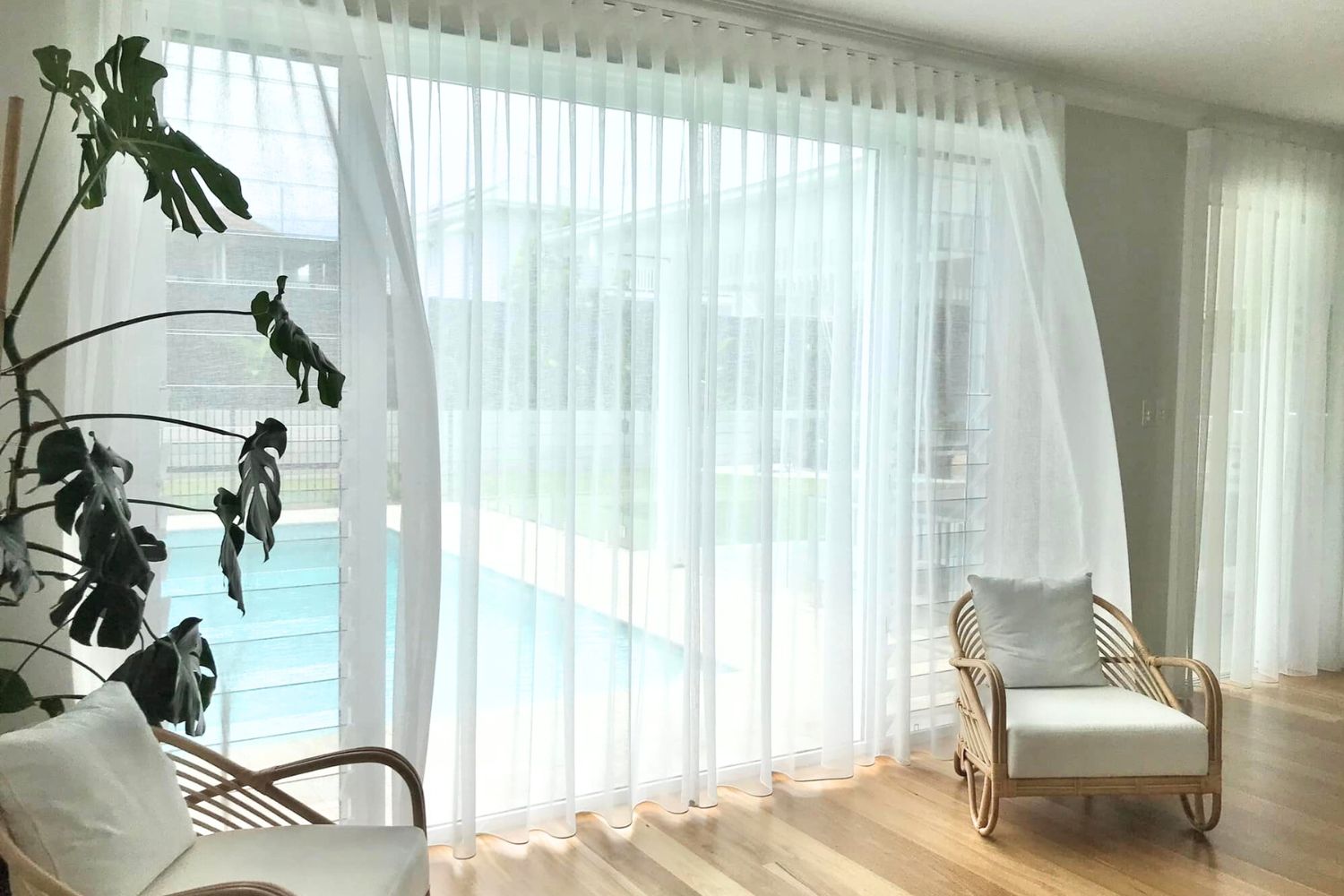
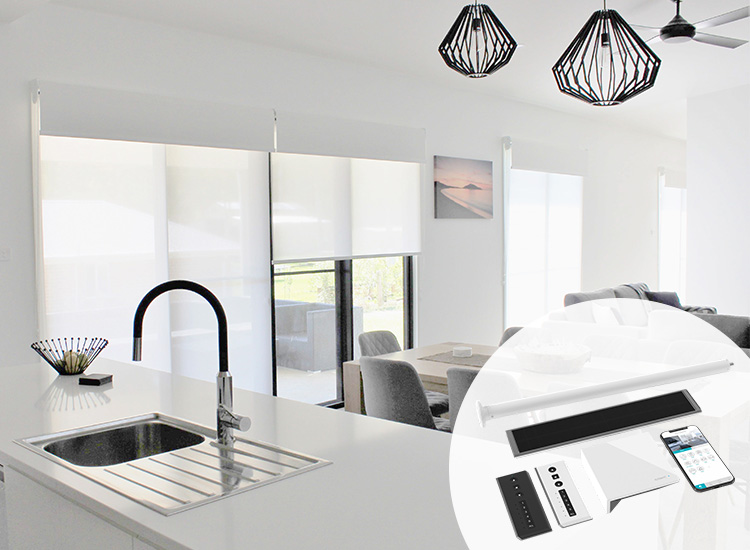
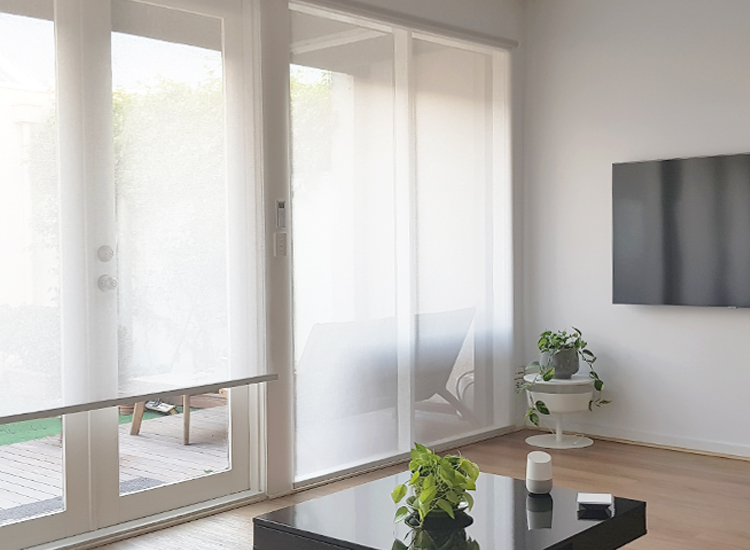
Validate your login